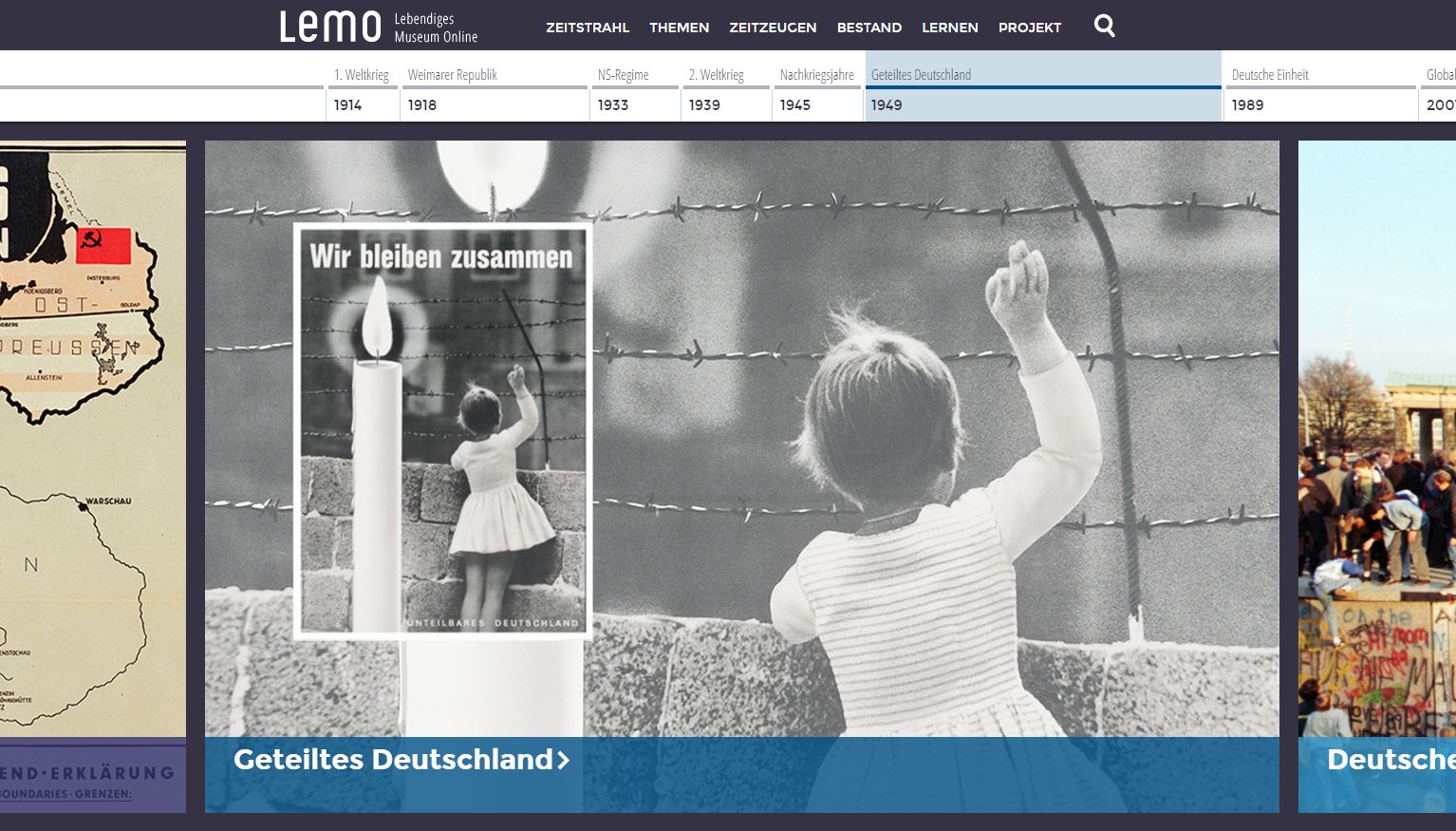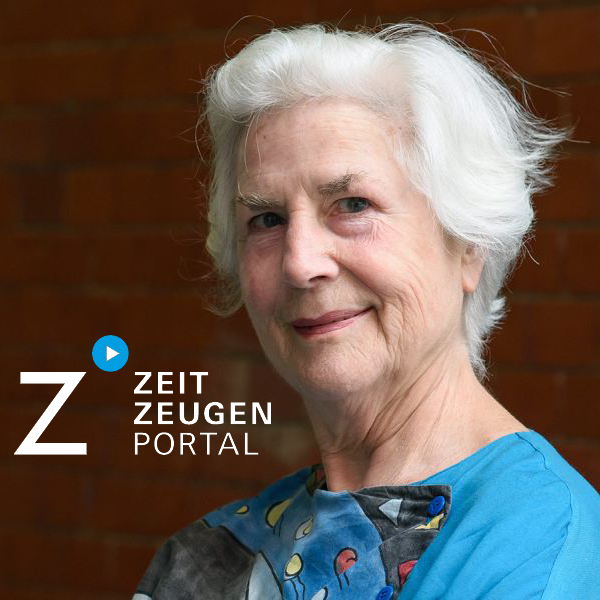Online Projects
We convey German history since 1945 with various websites and online portals. The services are geared to the needs of the general public and give an idea of our collections. Here you can find an outline of our online projects.

Path of German Democracy
On the Path of German Democracy, you can take an exciting and informative tour of the key milestones of the history of the Federal Republic of Germany. Your tour will take you to 64 sites in the former government district and the surrounding area of Bonn. Using the website www.wegderdemokratie.de, you can either navigate from place to place in the former capital with your smartphone or experience the historical sites from the comfort of your own home. You can also choose route suggestions, put together your favourite sites or choose topics such as "parties", "state guests" or "residential living". The website offers background information and historical photographs, too.

Places of Repression in the Soviet Occupation Zone and Communist East Germany
The “Places of Repression” portal presents an overview of historical sites, memorials and museums that commemorate the victims of the repression in the Soviet Occupation Zone and Communist East Germany and what they suffered. The portal describes not only the historical places where Communist tyranny was exercised, but also the places of commemoration today. The history of these places is outlined in a brief, vivid and very comprehensible way using historical images, objects and interviews with contemporary witnesses. The focus is in particular on people who were exposed to Communist repression.

LeMO – Living Museum Online
The Living Museum Online (LeMO) is the online portal on German history from the 19th century to the present day. Together with the Deutsches Historisches Museum and the German Federal Archive, on LeMO we present historical content in an appealing manner. LeMO boasts over 8,500 pages and offers you an overview of German history, biographies, annual chronicles, objects (partly in 360° views), video clips, reports by contemporary witnesses, themes and educational materials. LeMO is only available in German.

The Parliamentary Council
“Observations – The Parliamentary Council 1948-9” constitutes a unique collection of materials. Photographer Erna Wagner-Hehmke documented the deliberations of the Parliamentary Council on the Basic Law in 1948-9. Her images capture important moments in the history of German democracy.

Images of Revolt
The “Images of Revolt” website presents pictures from our collection that photographer Ludwig Binder took of the student unrest in West Berlin in 1967-8. The website identifies the places the photos were taken on an interactive map, meaning you can plan your walk as you wish when visiting the places of revolt. The events depicted are explained and placed in a chronicle of the overall student revolts of the time. You can click on in-depth information resources on each image: the relevant content on LeMO, Europeana, Wikipedia or Medienarchiv68. The project arose as part of the culture hackathon “Coding da Vinci” in 2015.

Bonn Museum Mile
The Haus der Geschichte in Bonn is part of the Bonn Museum Mile, one of the largest ensembles of museums in Europe. The five institutions on the Mile are all close to one another and easy to reach. Here, you can wander from exhibitions on science, technology, or art to others on contemporary or cultural history. Each institution makes an unmistakable contribution to the unique Museum Mile experience. Each summer we team up with our neighbours to host the four-day Museum Mile Festival with its highly varied programme.
Divided – United. 50 Years of the German Question in Cartoons at the Haus der Geschichte
Our online classic is back! By popular request we have relaunched our very first online project – in the original 1998 design. How did caricaturists in East and West Germany view the popular uprising of 17 June 1953, the construction of the Berlin Wall, Willy Brandt’s Ostpolitik, Reunification, or the question of which city should be capital? Click onto our historical online project and tour history, exploring cartoons from our collection on any number of historical themes from 1949 to 1989.


